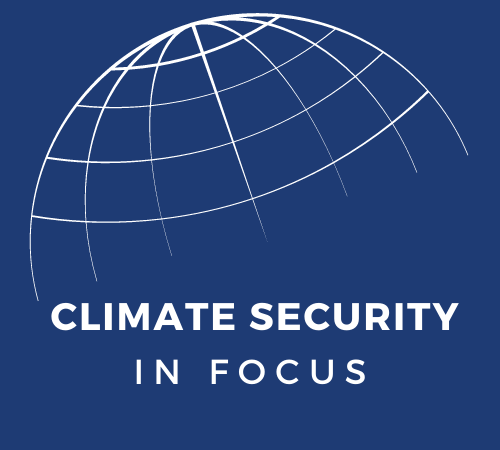
Climate Exercises
Exercises play a key role in testing and validating a host of plans, policies, and strategies. A well-designed exercise can test tactics, analyze procedures, and identify areas for improvement for organizations, as well as provide critical insight for planners and practitioners alike. Naturally, as federal and international stakeholders emphasize integrating and institutionalizing climate change considerations into operations, exercises provide an excellent opportunity to explore climate impacts on a variety of activities.
Exercises have long been an important tool to help organizations explore meaningful issues in a safe, no-fault environment, and will be no different once climate considerations are incorporated. Determining when and how to integrate climate into an exercise can easily be achieved by understanding and selecting the appropriate climate risk/hazard and choosing the appropriate exercise type (discussion-based versus operational).
Broadly speaking, climate risks can be categorized in the following risks/hazards:
- Extreme weather events and weather-related disasters
- Sea-level rise and coastal degradation
- Water security
- Food security
- Public health
- Climate related migration
- Combating violent conflict
These categorizations are by no means exclusive, but rather a starting point to frame and incorporate climate considerations into exercise design. Each category is connected to the others, but by selecting one or two, it can help focus conversations and provide a more thorough understanding of that risk and hazard. Understanding how a particular policy, plan, or institution would respond to an increase in severe weather events (i.e. off-season storms, destructive hurricanes, intense tornados, etc.) would benefit almost any organization. Extreme weather events and weather-related disasters is the most widely applicable climate risk and hazard, but others may be more relevant depending on an entity’s interests and equities.
Once a climate risk/hazard has been selected, a sponsoring organization can choose to conduct either a discussion-based exercise or an operational based exercise. Discussion-based exercises, such as seminars, workshops, or tabletop exercises, are ideal for audiences that are in the early stages of integrating climate. These types of exercises can be as varied as discussing agency wide adaptation plans, to understanding how a specific climate risk could impact a particular plan or policy, or even exercises itself. For example, wildfires fueled by climate change in the western U.S. have destroyed physical training infrastructure and have cancelled routine training on several occasions, which negatively impacts military readiness. Climate exercises can help facilitate knowledge of these types of climate risks and better prepare organizations to integrate climate factors into their planning and preparedness activities.
Meanwhile, operational or functional exercises, such as command post exercises (CPX) or field training exercises (FTX), often require movement or activation of resources, and may be better suited for organizations that are already familiar with the complex, compounding conditions of climate risks and hazards. These types of exercises can integrate climate into exercise scenarios, which can, in turn, facilitate operational understanding of climate impacts on decision points, resources, and mission sets.
Exercises that integrate climate will be increasingly useful for interagency and international organizations, and especially militaries, as these institutions are accustomed to working with a variety of stakeholders across a diverse range of issues, hazards, and threats. For example, militaries can use existing security cooperation activities and building partnership capacity programs to exercise how climate risks and hazards impact operations – from when and how militaries operate (arid, dry areas versus Arctic/cold weather) to the types of resources (uniforms, equipment) and missions (increase in humanitarian assistance/disaster relief missions) they can anticipate to execute.
Emergency managers, disaster response personnel, and militaries across the globe increasingly understand the importance of climate security and the need integrate climate into exercises. Having institutional buy-in is key, as is understanding how climate exacerbates, complicates, and alters operations over time. Exercises provide a forum to do just that.
Climate Security in Focus is a blog series dedicated to exploring key elements of climate security that impact American interests both at home and abroad. The series aims to examine specific aspects of climate security issues in order to better understand climate policy challenges, facilitate conversation, and generate ideas.





